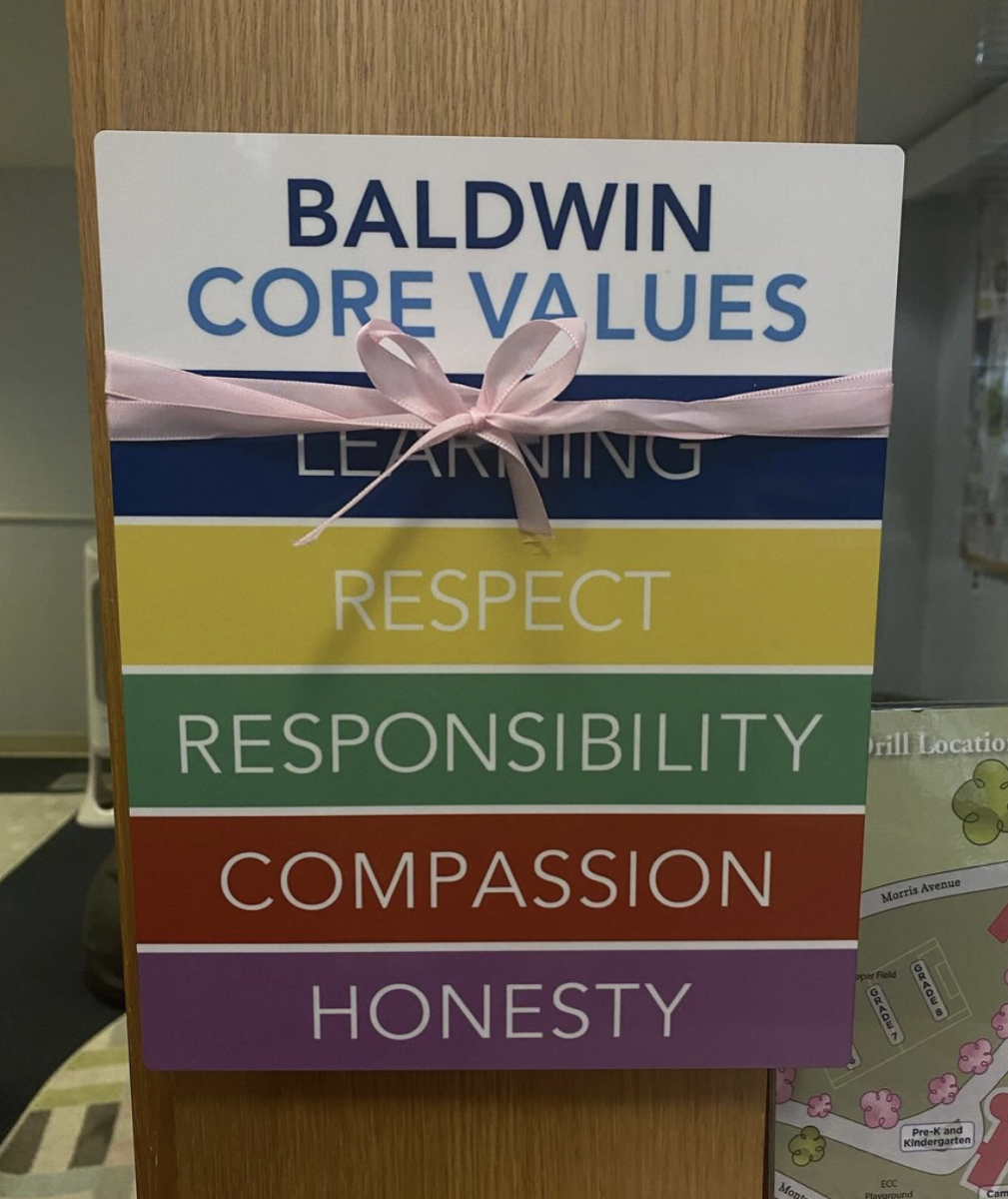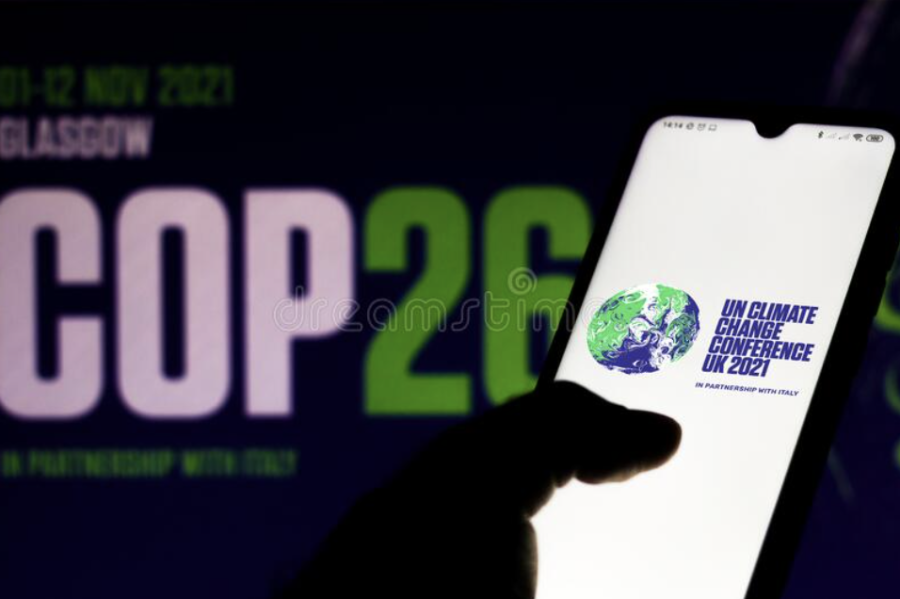The 2021 Climate Summit: A Brief Overview
What steps were taken in the latest UN climate summit to slow climate change?
The latest United Nations’ climate summit, also referred to as COP26, ended on November 12th, 2021. The conference was held in Glasgow, Scotland and set goals, mandates, and agendas that countries of the United Nations will implement to tackle the current climate crisis. Each conference works towards the overarching goal to limit global warming to 1.5º C by 2030.
But what really happened—or didn’t happen—during this year’s climate summit? Here’s what you need to know.
The summit set forth pledges to reduce greenhouse gas emissions, end deforestation within the next decade, reduce coal emissions, and more. However, many believe that these measures are insufficient. According to CNBC, “the final deal out of Glasgow resulted in incremental progress inadequate to address the severity of the climate crisis.”
First, let’s look at the action taken around greenhouse gas emissions, and in particular, methane. The United States and the European Union formed a global partnership to reduce methane gas emissions by thirty percent by 2030. More than one hundred countries agreed to sign onto this proposal, known as The Global Methane Pledge.
Next: deforestation. More than 100 countries, including Brazil (home of the Amazon rainforest), have agreed to end deforestation by 2030. Countries agreed to focus on and address the financial purposes behind deforestation, such as creating space for farming soy, palm oil, and cocoa.
Ending deforestation by 2030 may sound impossible—at the very least, it’s a highly ambitious goal that would require a massive coordinated effort to fully achieve. The New York Times wrote that many environmental groups feel that the deforestation agreement isn’t binding or specific enough to truly make an impact, and “would allow deforestation to continue… similar efforts have failed in the past.”
For example, the New York Declaration on Forests (a pledge introduced at the 2014 UN climate summit) aimed to end deforestation by 2030, but it has yet to make major progress. Experts are concerned about the leeway the new pledge may give and worried that another decade of deforestation will further worsen carbon emissions.
The positive side to the deforestation plan, The New York Times wrote, is that China, one of the biggest global contributors to deforestation, has signed on to this agreement. Perhaps the large number of nations signing on to this agreement (including the United States and Brazil, who are also major contributors) will make the pledge more effective.
Finally, the plan to reduce coal usage resulted in disappointment for many attendees and activists. According to NationalWorld, India, China, Indonesia, Mexico, and Australia (all major producers of coal) pledged to make efforts to reduce coal usage and emissions. However, as the climate summit concluded, China and India made a last-minute push to alter the wording of the plan, changing it from “phasing out” the use of coal power to “phasing down”.
This weakened language adds to worries that the 1.5º C goal is unachievable. According to BBC, switching to “phasing down” may be an excuse for China and India to avoid reducing coal usage overall. BBC even referred to these pledges, many of which don’t set definitive goals for coal emission reduction, as “beyond a joke.”
In summary, while COP26 took many steps to reduce global warming and climate change, scientists and the general public alike are not happy with the vague, non-binding, and inadequate nature of the agreements. Many worry that the action taken within the next decade will not be sufficient in slowing down climate change and saving humanity from its devastating effects.






























